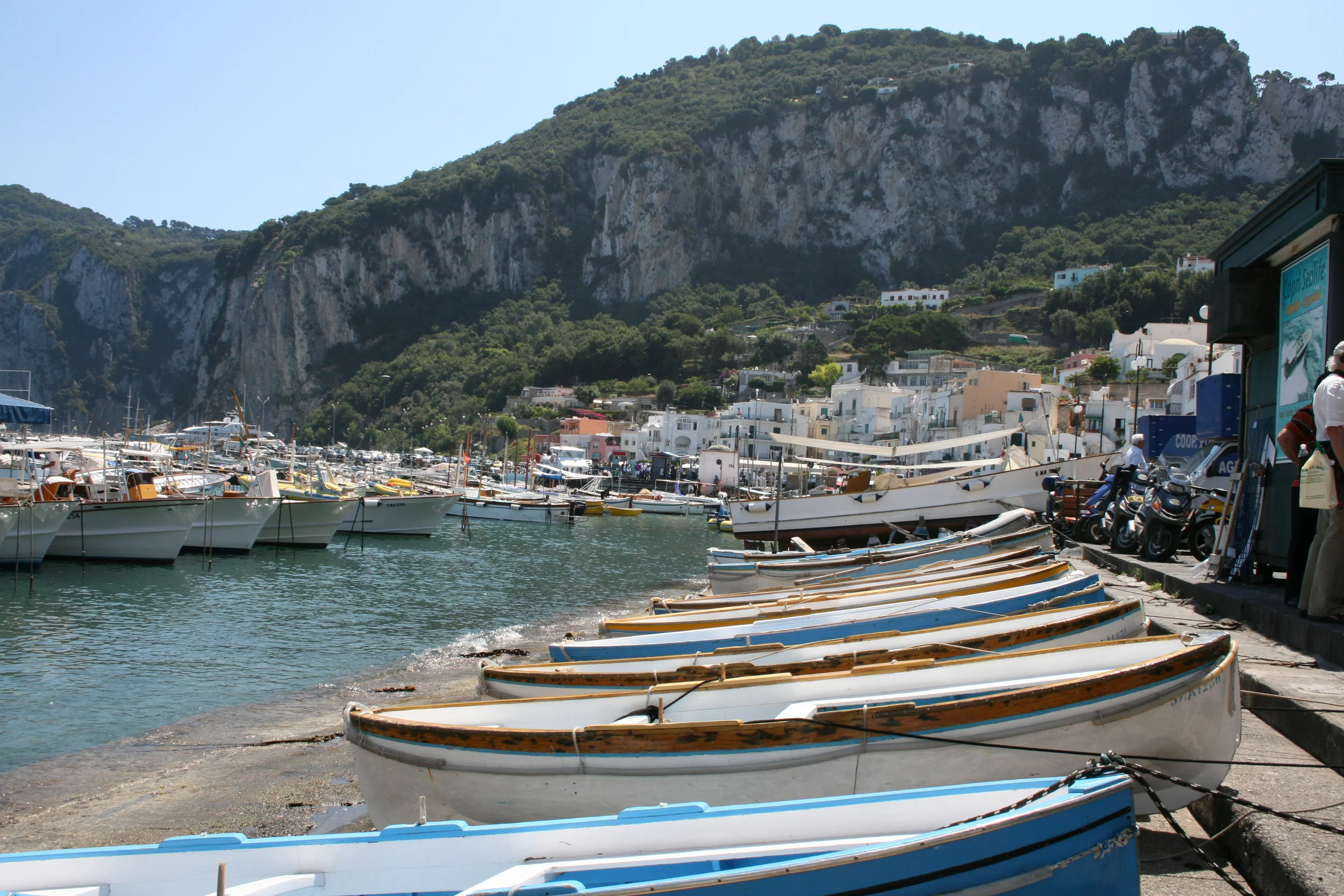image credit: Fran Pickering
Commissioned by Edmund de Waal
Instrumentation: harp and 3 groups of 4 players (2 flutes, 2 clarinets, 2 violins, 2 violas, 2 cellos, 2 double basses)
Duration: c. 19'
First performance: 9 November, 2015. Principal players of the Aurora Orchestra, Royal Academy of Art.
PSALM (after Celan)
There is a longer-form description of this piece and the process of its writing, of which the following is a compressed version.
What is the sound of white?
Edmund de Waal asks this question early in The White Road, but offers no answer. I am no synaesthete; I am no more able to respond than de Waal. In any case, the question is, strictly speaking, nonsensical. But it is an intriguing proposition. If we could hear the colour of milk and snow and clouds and sunlight, what music would it make? In commissioning Psalm, de Waal invited me to consider just this.
I decided on an oblique connection: white light refracted, scattered in a prism, echoed in a thousand different colours. This became a single ‘white’ pitch, B, energised by a harp, then echoed and transformed by three quartets arranged around the auditorium.
Just as porcelain is the composite of two minerals, so my piece fuses two sources: white alongside the poetry of Paul Celan. White for Celan is the snow of his mother’s death, executed in a Nazi concentration camp. How could I respond to this; what right have I, a privileged Millennial, to offer musical gloss on a horror that is beyond my comprehension? So again I approached white indirectly, as silence: the white space that dominates the pages of Celan’s later poetry; the empty responsory of his hymn of praise to an absent god, Psalm.
Celan’s psalm aligned with the prism I had made: David was a harpist; my orbital ensembles are antiphonal choirs; his reference to a potter is pleasingly apt. This psalm offered to No-one, with no possibility of response, suggested to me a musical situation in which harp and ensembles exist in different worlds and the harp ‘cannot hear’ the echoes she generates. Inevitably, I was also led to think on the extraordinary heterophony of Gaelic psalmody and the corresponding lack of song in Celan, with the ‘crimson word’, the sole sung element in Celan’s Psalm, appearing only as a recollection.
White is the colour of mourning; it is also the colour of rebirth. My harp calls out to a deity she cannot hope to hear; but yet she calls. She is David and also Orpheus and the world she conjures is gleaming shining microtones and spectra and white light scattered and reflected and in the end there is song, or the memory of song.




